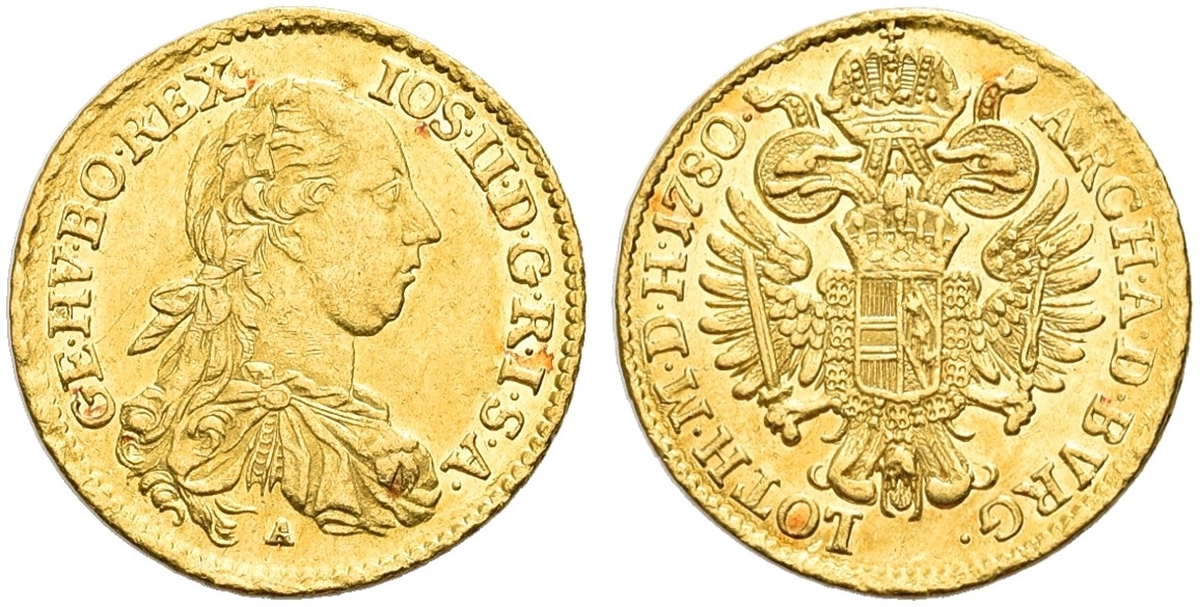
AUSTRIA Giuseppe II d’Asburgo Lorena, 17801790. Ducato 1780 A, Vienna.
Archduchess Maria Carolina of Austria; Leopold II, Holy Roman Emperor; Archduke Charles Joseph of Austria; Archduke Maximilian Francis of Austria; Ferdinand of Austria-Este; Child:. Sigillo dell'imperatore giuseppe II, vienna 1767.jpg 2,684 × 1,316; 2.2 MB. Vienna Kaiserliches Hofmobiliendepot 24042013 08.jpg 3,676 × 2,348; 5.02 MB.
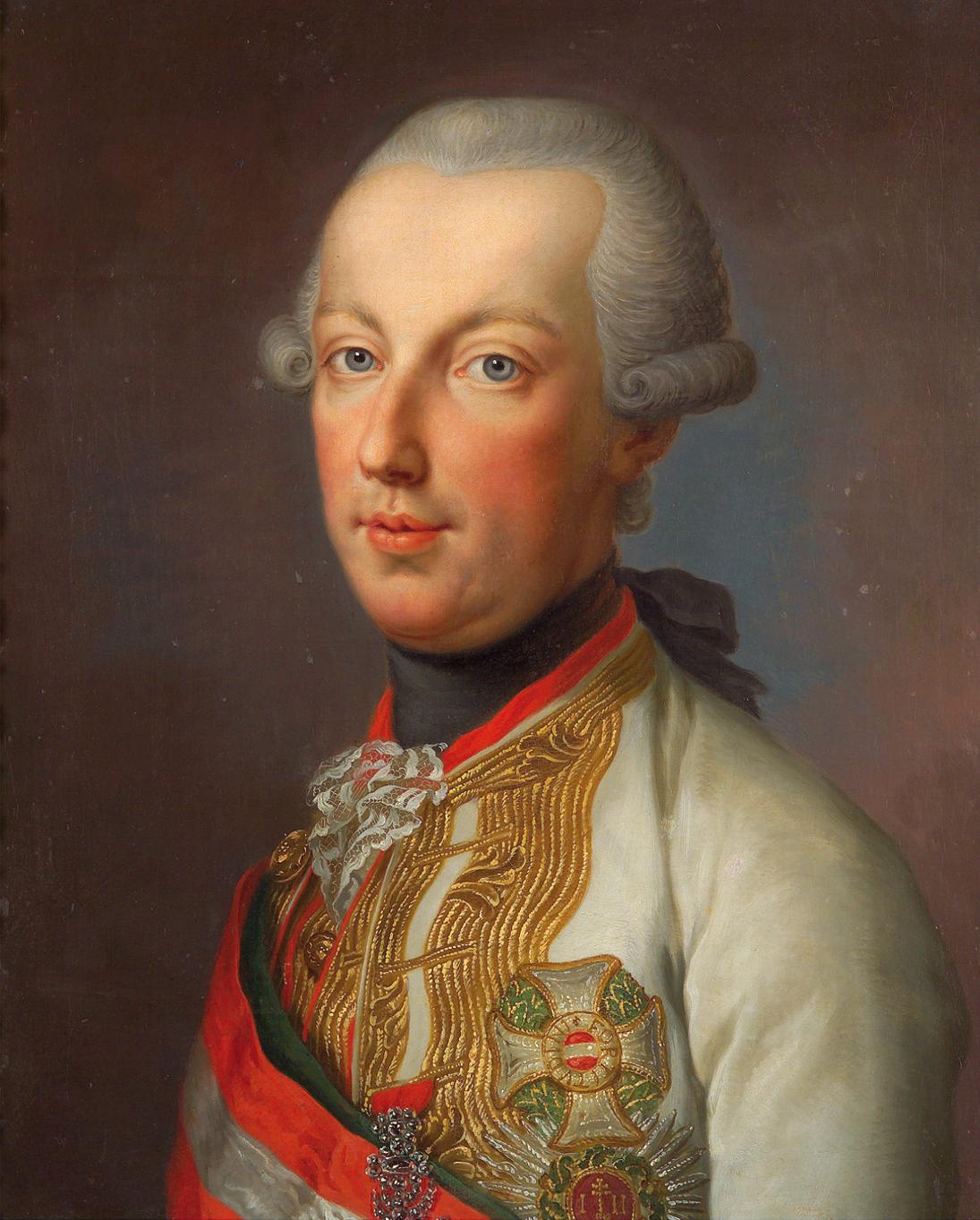
Emperor Joseph II Famous people in history, Holy roman empire, Roman
Giuseppe Benedetto Augusto Giovanni Antonio Michele Adamo d'Asburgo-Lorena è stato Sacro Romano Imperatore dal 1765, dapprima associato al trono sui domini della famiglia d'Asburgo con la madre Maria Teresa fino alla morte di lei, avvenuta nel 1780, e quindi anche arciduca d'Austria e unico regnante fino alla sua morte, avvenuta nel 1790.

Giuseppe II d'AsburgoLorena 50° Imperatore del Sacro Romano Impero
The Third Italian War of Independence (Italian: Terza guerra d'indipendenza italiana) was a war between the Kingdom of Italy and the Austrian Empire fought between June and August 1866. The conflict paralleled the Austro-Prussian War and resulted in Austria conceding the region of Venetia (present-day Veneto, Friuli, and the city of Mantua, the last remnant of the Quadrilatero) to France.

Ritratto di Giuseppe II d'Austria, Arte, Pittura antica, dimanoinmano.it
Giuseppe II d'Austria; Historical figure Giuseppe D'Asburgo Lorena Born in: 1741 - Died in: 1790 . Giuseppe Benedetto Augusto Giovanni Antonio Michele Adam David of Habsburg-Lorraine was emperor of the Holy Roman Empire from 1765 and from the same year he was associated to the throne with his mother Maria Teresa on the dominions of the Habsburg.
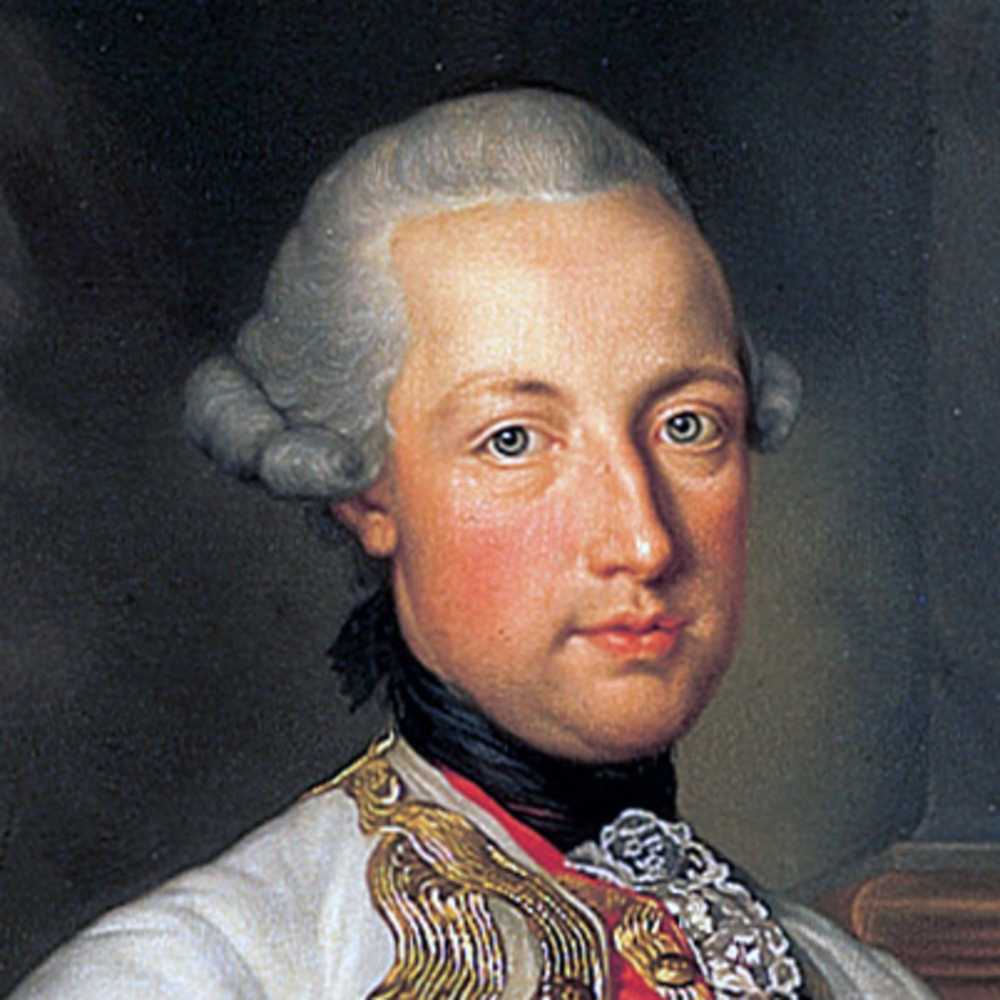
SwashVillage Joseph II. Biografie
Exploiting the collapse of Austrian power in Italy, Sardinia annexed the United Provinces of Central Italy, consisting of the Grand Duchy of Tuscany, the Duchy of Parma, the Duchy of Modena and Reggio and the Papal Legations, on 22 March 1860.

Giuseppe II d'AsburgoLorena 50° Imperatore del Sacro Romano Impero
France, Britain, and Austria came to the aid of the Ottomans, fearing Russian overreach. The war ended benevolently when Tsar Nicholas I died. His son, Alexander II, took the throne and ended the conflict. The peaceful resolution fostered a positive relationship between Russia, Great Britain, and France for the future. The Balkans

Giuseppe II d'Asburgo un aneddoto divertente sulla sua generosità
FAQ Numista › Coins › Austria › Austrian Empire 20 Kreuzer - Joseph II © Numismatics.hu Features Issuer Austrian Empire Regent Joseph II (1765-1780) Type Standard circulation coin Years 1765-1780 Value 20 Kreuzer (⅓) Currency Gulden ( 1754-1857) Composition Silver (.583) Weight 6.68 g Diameter 29 mm Shape Round Demonetized Yes Number N# 22599
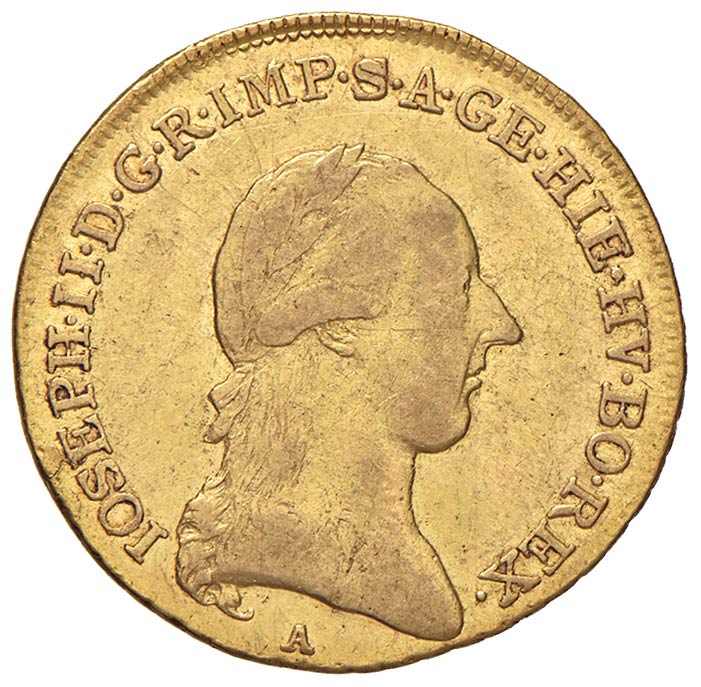
AUSTRIA Giuseppe II (17651790) Mezza sovrana Nomisma Numismatic
Joseph II (German: Josef Benedikt Anton Michael Adam; English: Joseph Benedict Anthony Michael Adam; 13 March 1741 - 20 February 1790) was Holy Roman Emperor from 18 August 1765 and sole ruler of the Habsburg monarchy from 29 November 1780 until his death.

Giuseppe II d'AsburgoLorena 50° Imperatore del Sacro Romano Impero
Giuseppe Benedetto Augusto Giovanni Antonio Michele Adamo d'Asburgo-Lorena ( Vienna, 13 marzo 1741 - Vienna, 20 febbraio 1790) è stato Sacro Romano Imperatore dal 1765, dapprima associato al trono sui domini della famiglia d'Asburgo con la madre Maria Teresa fino alla morte di lei, avvenuta nel 1780, e quindi anche arciduca d'Austria e unico reg.

MARIA ANTONIETTA Blog di FRANCESE
Giuseppe Arcimboldo: Emperor Rudolf II as the harvest god Vertumnus, 1590/91, painting. Giovanni Castrucci: View of the Hradčany at Prague, *pietra dura*, after 1606. It is in the medium of painting that Rudolf's personal taste is revealed most clearly. The emperor gathered a circle of artists around him, the most famous of whom were.
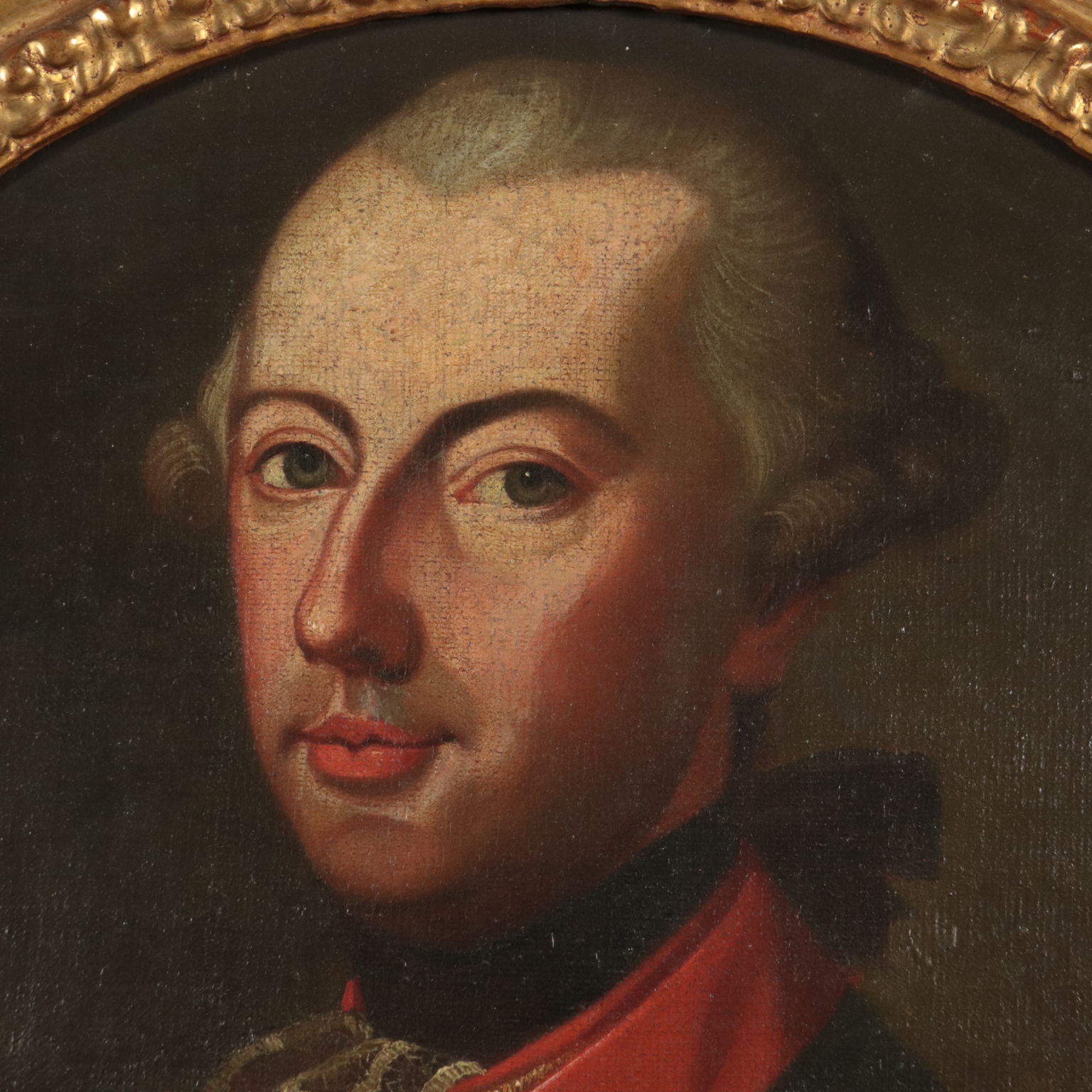
Ritratto di Giuseppe II d'Austria, Arte, Pittura antica, dimanoinmano.it
Original Title: Imperatore Giuseppe II d'Austria Style: Neoclassicism Genre: portrait Media: oil, canvas Dimensions: 75 x 52 cm Order Oil Painting reproduction Tags: male-portraits Joseph Kreutzinger Famous works Archduchess Maria Antonia of A… • 1771 Marie Antoinette in a red hunting co… • 1771 Portrait of Charles, Duke of Tes… • 1790

Ritratto dell'imperatore Giuseppe II d'Austria Asta La dimora romana
Il trionfo d'amore : azione teatrale rappresentata in musica nella imperial regia corte in occasione delle felicissime nozze delle sacre reali maestà di Giuseppe II. d'Austria ; e di Maria Gioseffa di Baviera re, e regina de' Romani : l'anno MDCCLXV [i.e. 1765]. | Library of Congress

Ritratto di Giuseppe II d'Austria, Arte, Pittura antica, dimanoinmano.it
Giuseppe II d'Asburgo Dino Carpanetto Un riformatore sul trono imperiale Figlio e successore di Maria Teresa d'Austria, è considerato uno dei protagonisti del periodo dell'assolutismo illuminato, espressione usata dagli storici per sottolineare la politica adottata nella seconda metà del Settecento dai sovrani di molti paesi europei con l'obiettivo di risanare le finanze, imprimere sviluppo.

Giuseppe II d'AsburgoLorena 50° Imperatore del Sacro Romano Impero
Giuseppe II imperatore del sri.PNG 492 × 692; 823 KB. Josef II, 1741-1790, tysk-romersk kejsare konung av Österrike (Joseph Hickel). Franz Karl Palko - Portrait of the Emperor Joseph II of Austria - KMS883 - Statens Museum for Kunst.jpg 464 × 768; 56 KB. Meytens - Emperor Joseph II.

Pagella scolastica la sua invenzione? Colpa dell'imperatore che amava
vrano austriaco Giuseppe II (1741-1790) aveva, con una successione di leggi audacemente innovatrici, tentato di eliminare le barriere secolari che dividevano gli ebrei dei suoi vasti domini dal mondo circostante. In queirepoca lo stato austriaco si estendeva su di una parte notevole dell'Europa e consisteva in un conglomerato informe di
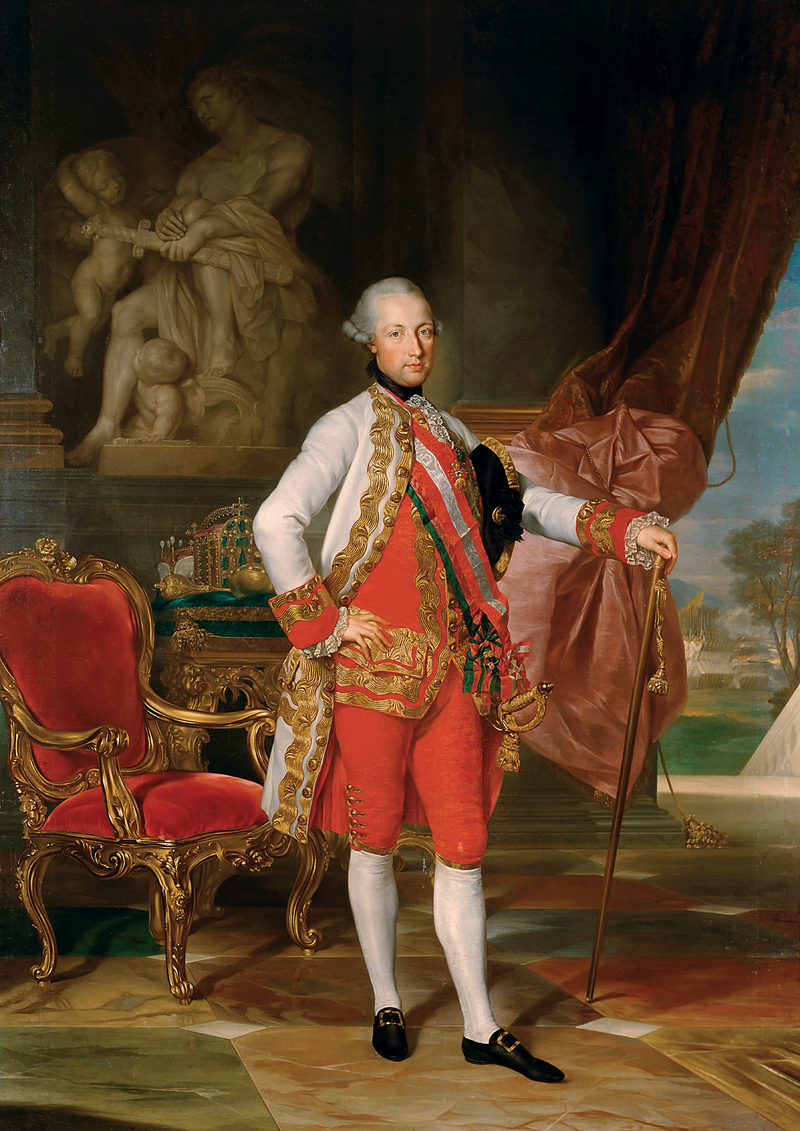
Josephinismus Wikipedia
Ovviamente in questo, Giuseppe II recuperò non solo l'influenza dell'aristocrazia austriaca, ma anche un tocco cavalleresco e medioevale che lo consacrava come il re-sacerdote, fatto che lo spinse molto a considerare attivamente gli affari ecclesiastici come affari di governo. Nel 1782, inoltre, abolì le servitù personali dei contadini e.